'The bathroom should be an extension of the rest of your home, so don’t be afraid to treat it that way'
Interior designer James Thurstan Waterworth shares his thoughts on creating the perfect bathroom.
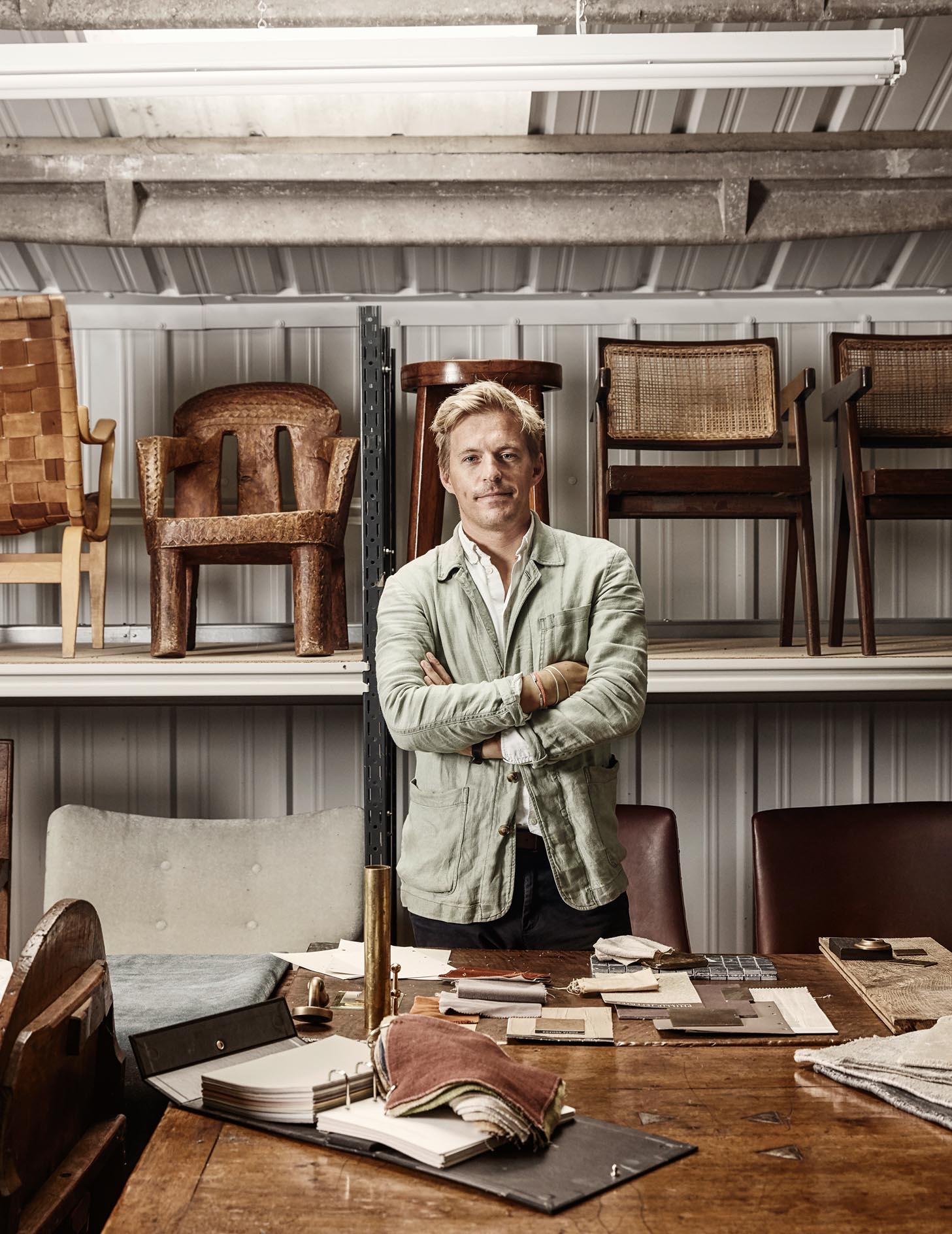

Wall and floors
There’s something very charming about Moroccan Zellige tiles. Being handmade, they’re not perfect and there’s beauty in that imperfection, with wonderful movement, particularly when they reflect light. In a big bathroom, I like to lay antique timber floorboards if possible, as they also lend texture and warmth. In a smaller space, the likelihood is that there will be more splashes, so tiles or elegant marble flooring is a practical choice.
The bath
I really love an old, heavy, cast-iron tub. We tend to buy ours at auction or from our local reclamation yard (visit www.salvoweb.com to find a yard near you). If you’re fitting out a period home, it makes sense that the bath looks as if it has always been there. If there’s a big window, it’s lovely to position the bath so it has a great view.
I’m lucky because I’ve done this at my own house and have spent many happy hours in the bath contemplating the sunrise and the sunset. If privacy allows, you can position the lavatory in the same way and have a loo with a view, which can be fun.
Brassware
I don’t tend to go for brassware that is too shiny; antique brass is my go-to finish as it has a gentle sheen and feels timeless. You can always repaint your walls, but you don’t want to have to change your taps after a few years, so choosing something with longevity is key.
The Water Monopoly does a range called Bill & Ben that is based on a traditional tap, but is slightly simplified, so it feels classic, yet works well in a period home and in more modern settings.
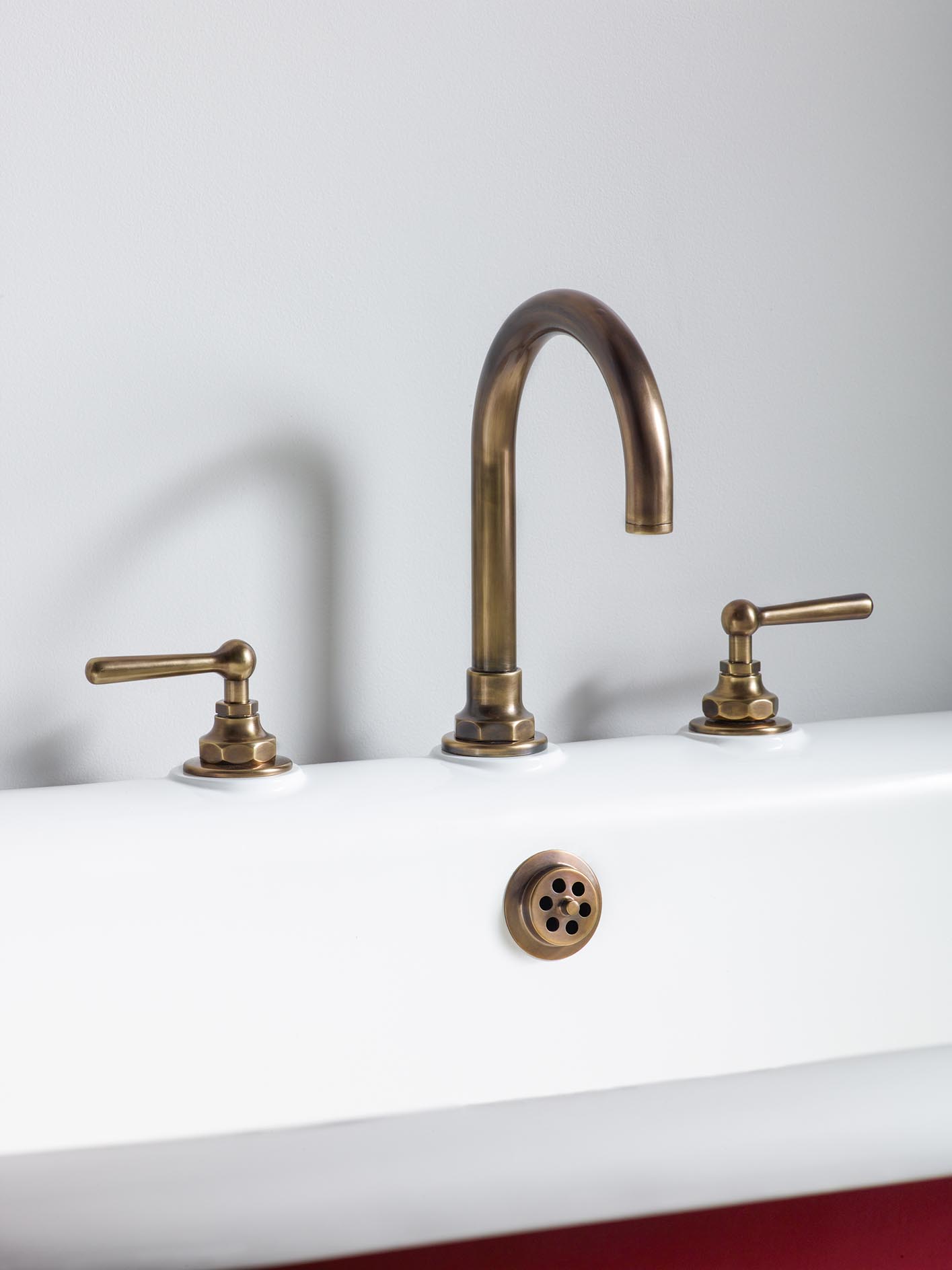
Lighting
Lighting is incredibly important. My feeling is that you don’t want to overdo it. I don’t use spotlights unless it’s for practicality in the shower, as the last thing you want is bright light in your eyes. However, I do like to use lights either side of the mirror and I’m particularly keen on fittings with shades.
The surfaces in a bathroom can lean towards being shiny and hard, so introducing fabric in the form of lampshades, curtains, blinds or even some upholstery adds colour and softness. I repurpose vintage textiles if I can.
Sign up for the Country Life Newsletter
Exquisite houses, the beauty of Nature, and how to get the most from your life, straight to your inbox.
Storage
Planning sufficient, easy-access storage is crucial. I often include an antique piece, such as a corner cabinet or chest of drawers. Bathrooms tend to be full of brand-new fixtures, but incorporating useful storage that also has a little bit of history can make things feel inviting.
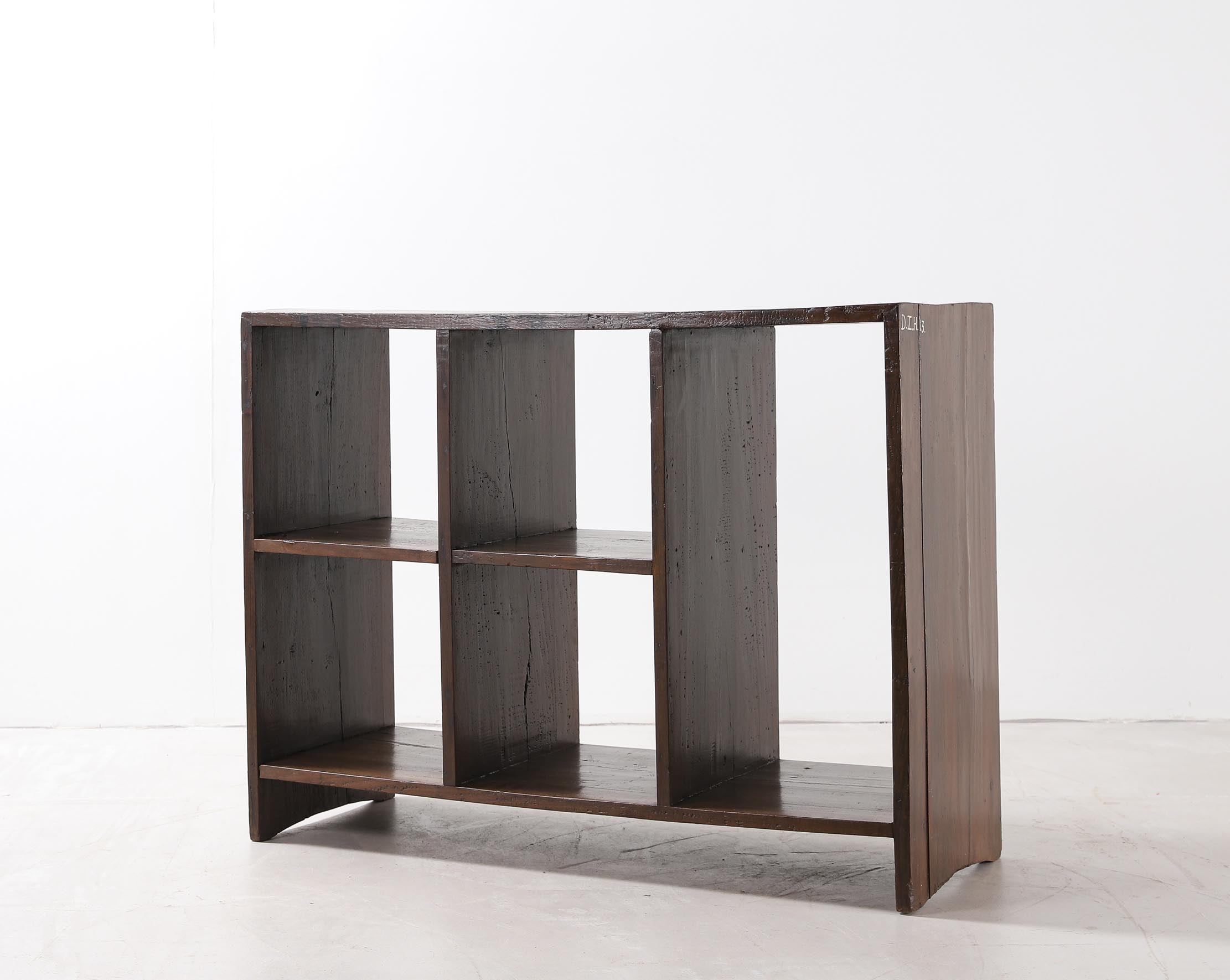
The basin
A chest of drawers or table paired with a reclaimed stone sink can look incredibly beautiful. You can get well-priced pieces at auction — I found a £300 table, for example. It’s not nearly as complicated as one would imagine pairing a chest or table with a basin.
With baths, showers and brassware, you’re more limited with the design and finish, but with a vanity you can really create your own individual look.
Artwork
There’s no reason not to have some amazing artwork in the bathroom. You spend a lot of time there and, if you’re lying in the bath contemplating the world, you may want to look at something lovely. The bathroom should be an extension of the rest of your home, so don’t be afraid to treat it that way.
Thurstan Design — www.thurstandesign.com
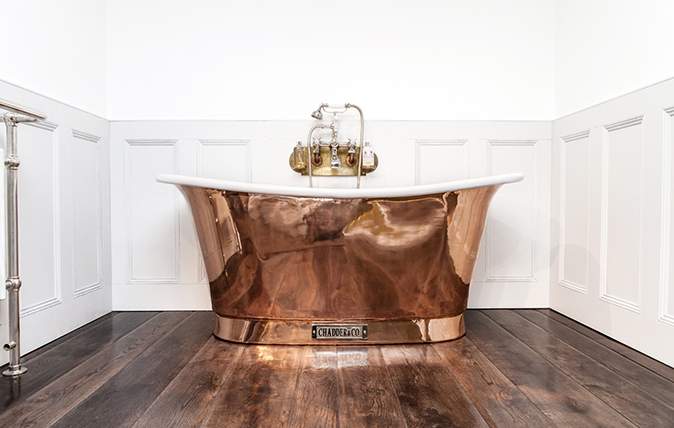
Why we’re renewing our love affair with traditional bathrooms
Modern bathroom design has thrown the baby out with the bathwater, says Giles Kime – but the classical fittings we used

Credit: Salvesen Graham
'A bathroom should be somewhere you spend time and relax, rather than a purely utilitarian space'
Interior designer Nicole Salvesen, co-founder of Salvesen Graham, offers advice on adding warmth and decorative detail to a bathroom.
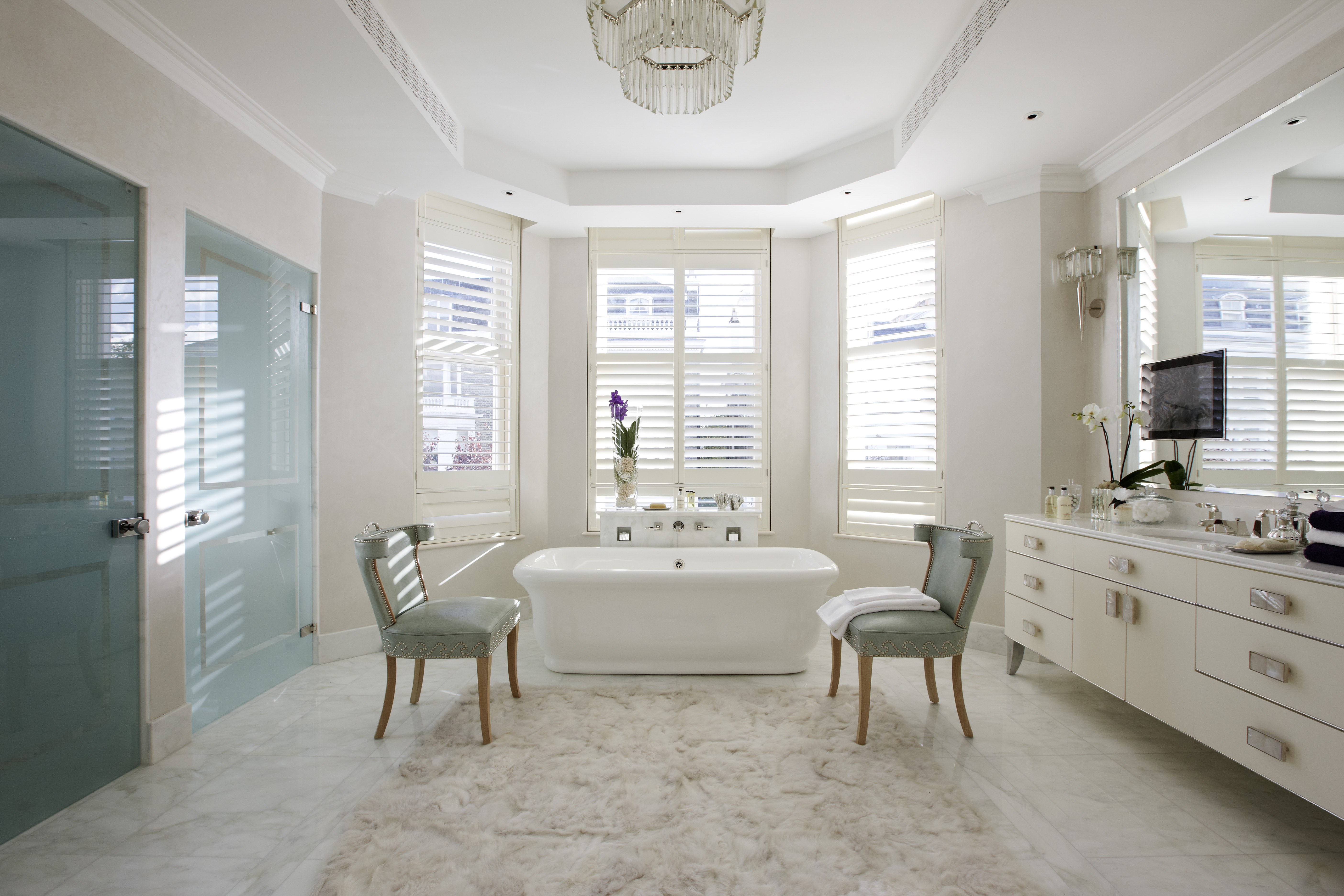
Credit: Joanna Wood
Beautiful bathrooms: How to design your lighting, draw the eye and make the most of your space
Bathrooms are typically the smallest room in the house - interior designer Joanna Wood shares her top tips and tricks
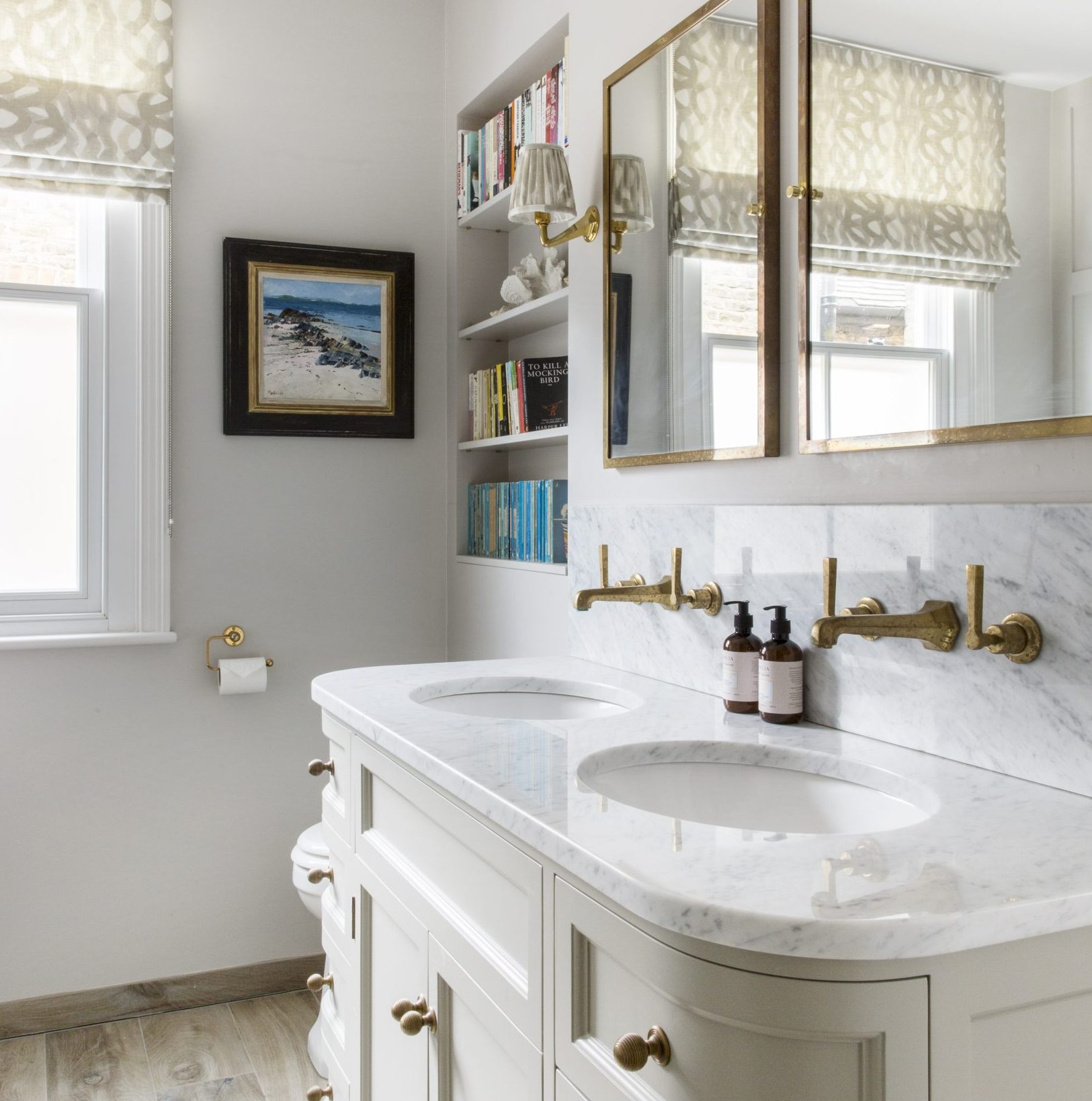
How to create a warm, decorative bathroom for a country house
Interior designer Nicole Salvesen, co-founder of Salvesen Graham, offers advice on adding warmth and decorative detail to a bathroom.
Country Life is unlike any other magazine: the only glossy weekly on the newsstand and the only magazine that has been guest-edited by HRH The King not once, but twice. It is a celebration of modern rural life and all its diverse joys and pleasures — that was first published in Queen Victoria's Diamond Jubilee year. Our eclectic mixture of witty and informative content — from the most up-to-date property news and commentary and a coveted glimpse inside some of the UK's best houses and gardens, to gardening, the arts and interior design, written by experts in their field — still cannot be found in print or online, anywhere else.
-
 Two quick and easy seasonal asparagus recipes to try this Easter Weekend
Two quick and easy seasonal asparagus recipes to try this Easter WeekendAsparagus has royal roots — it was once a favourite of Madame de Pompadour.
By Melanie Johnson
-
 Sip tea and laugh at your neighbours in this seaside Norfolk home with a watchtower
Sip tea and laugh at your neighbours in this seaside Norfolk home with a watchtowerOn Cliff Hill in Gorleston, one home is taller than all the others. It could be yours.
By James Fisher
-
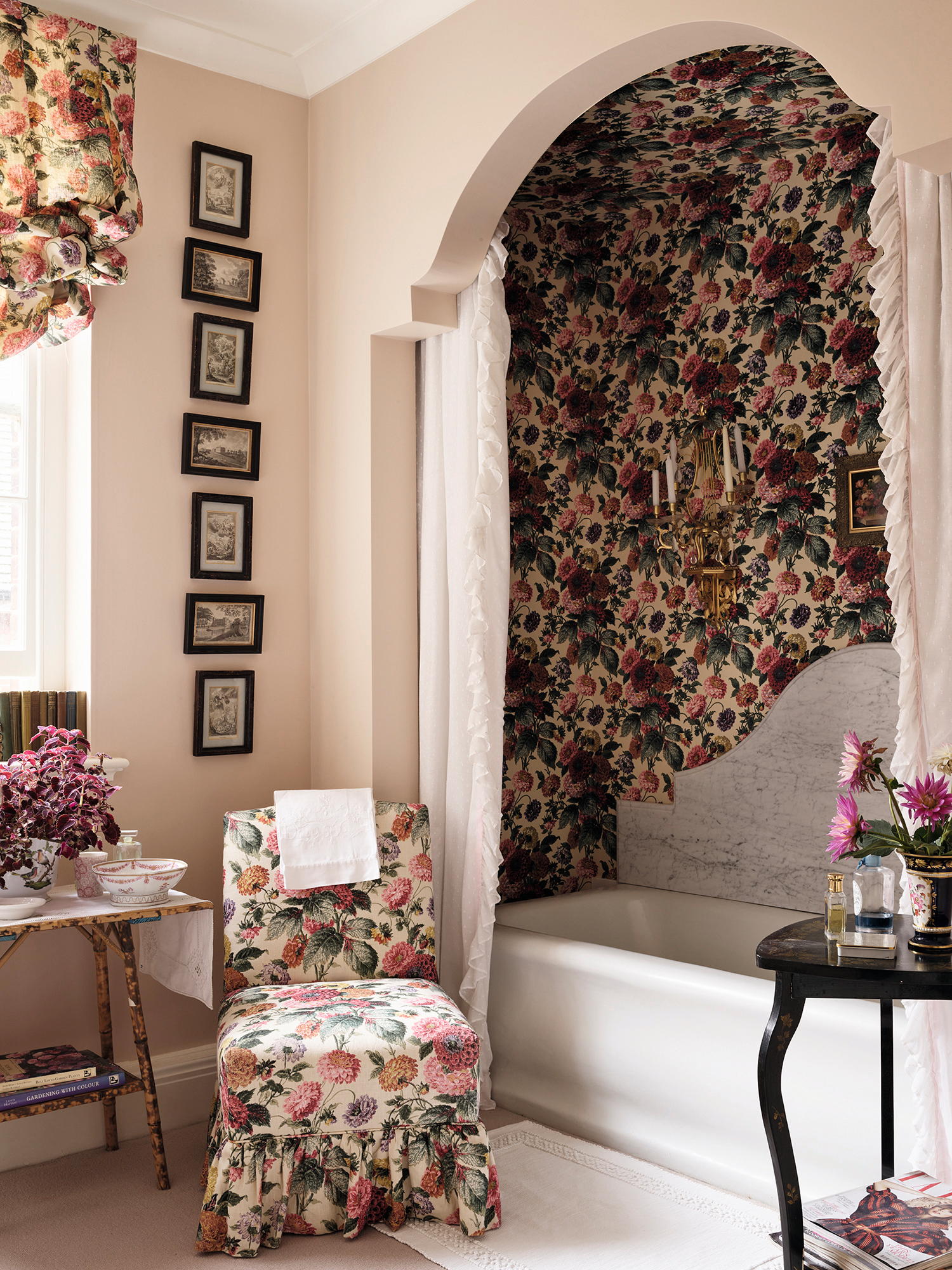 The key to a great bathroom? Make it feel more like your sitting room — even to the point of having an armchair next to the bath
The key to a great bathroom? Make it feel more like your sitting room — even to the point of having an armchair next to the bathFlora Soames is on a mission to encourage more and more of us to embrace the concept of the decorated bathroom.
By Country Life
-
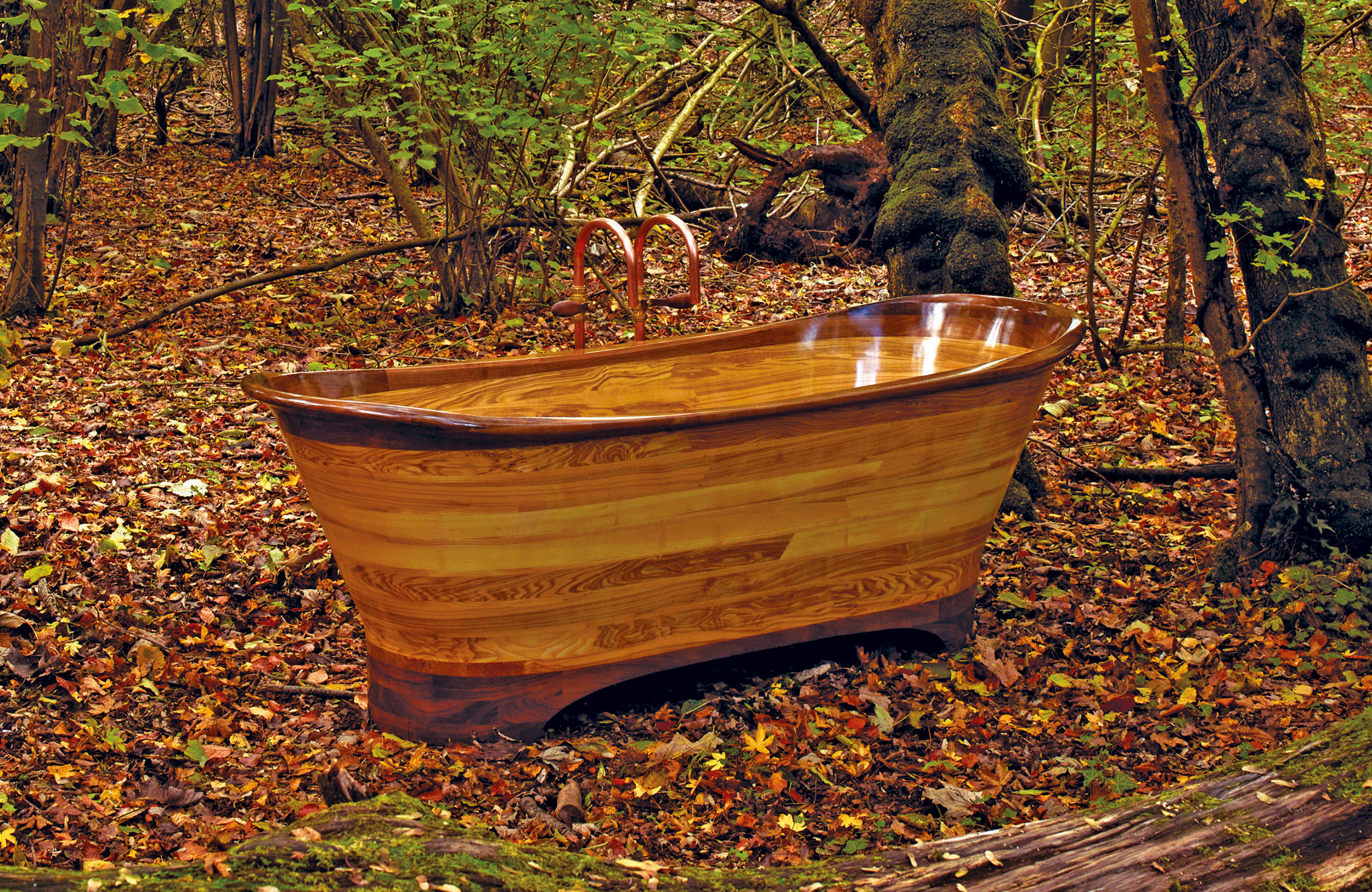 The £27,600 wooden bathtub and other modern day marvels to create an unforgettable bathroom
The £27,600 wooden bathtub and other modern day marvels to create an unforgettable bathroomWhen is a bath not a bath? When it's a work of art.
By Toby Keel
-
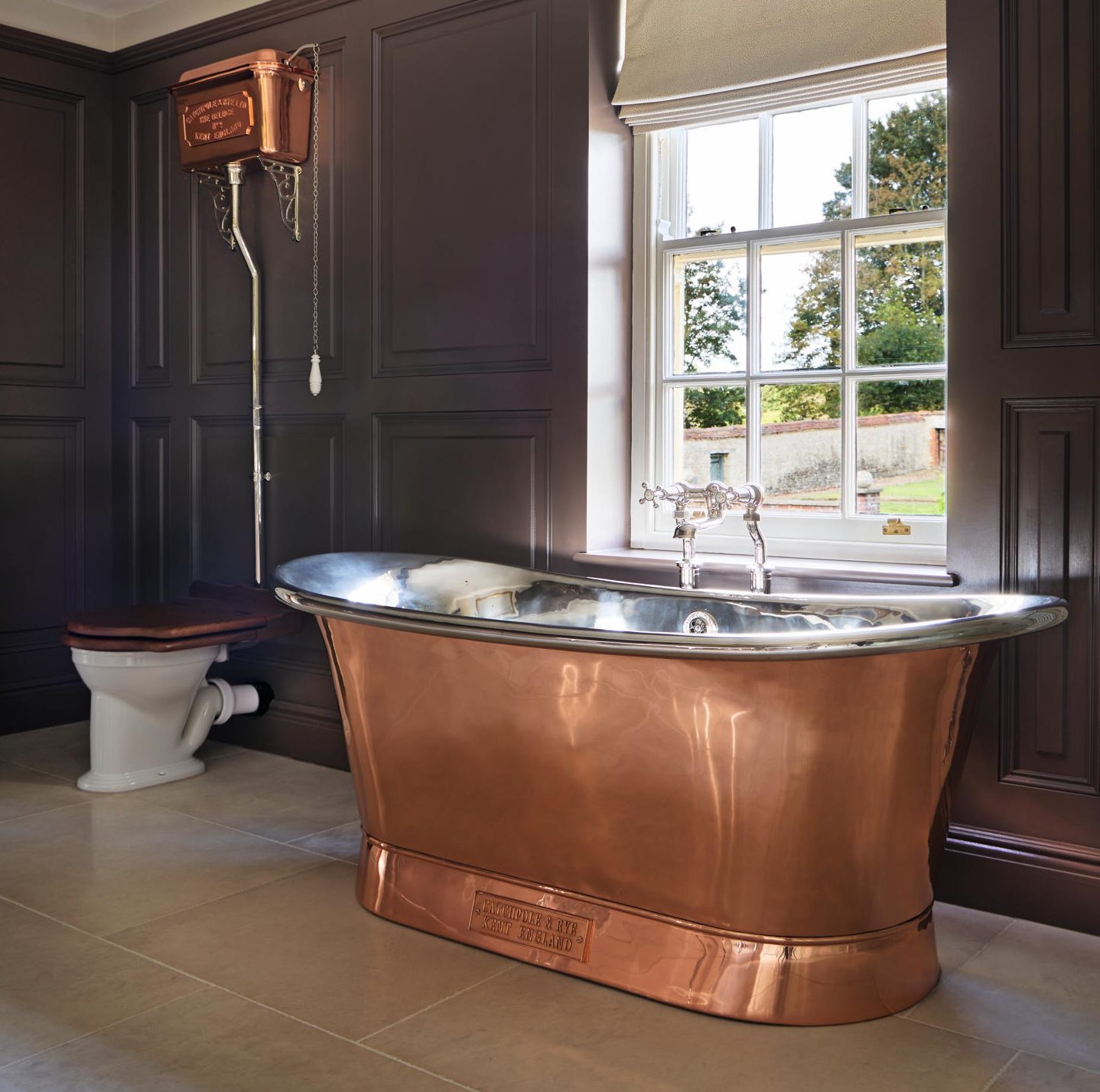 Soaking it up: Five brilliant bathubs
Soaking it up: Five brilliant bathubsMake a bath an event, with these extraordinary bathrooms and bathtubs selected by Amelia Thorpe.
By Amelia Thorpe
-
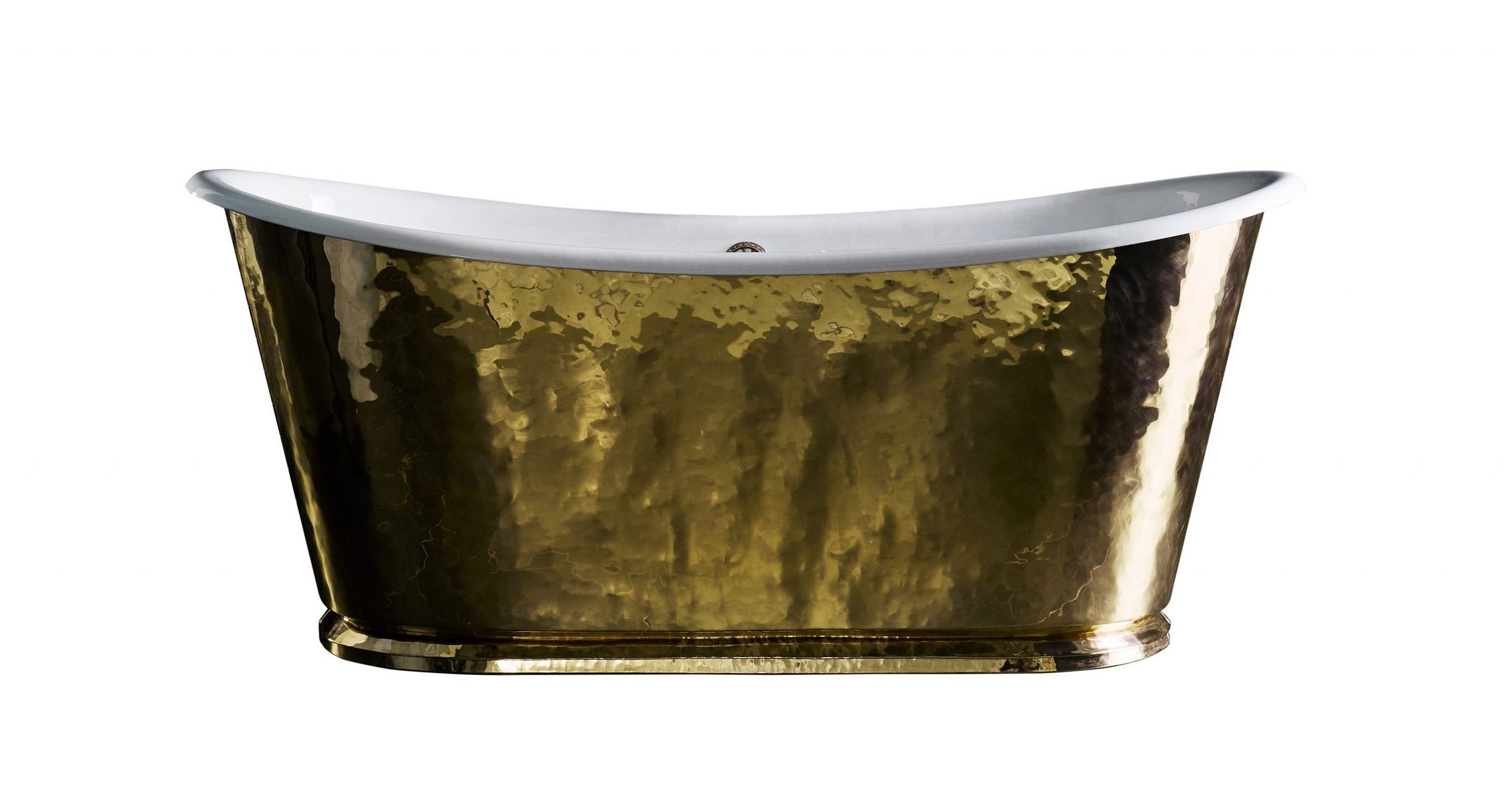 Best free-standing baths from £4,000 to £14,000 — for people who really want to splash out
Best free-standing baths from £4,000 to £14,000 — for people who really want to splash outFree-standing baths for making a statement — not to mention causing havoc with your bank statement.
By Amelia Thorpe
-
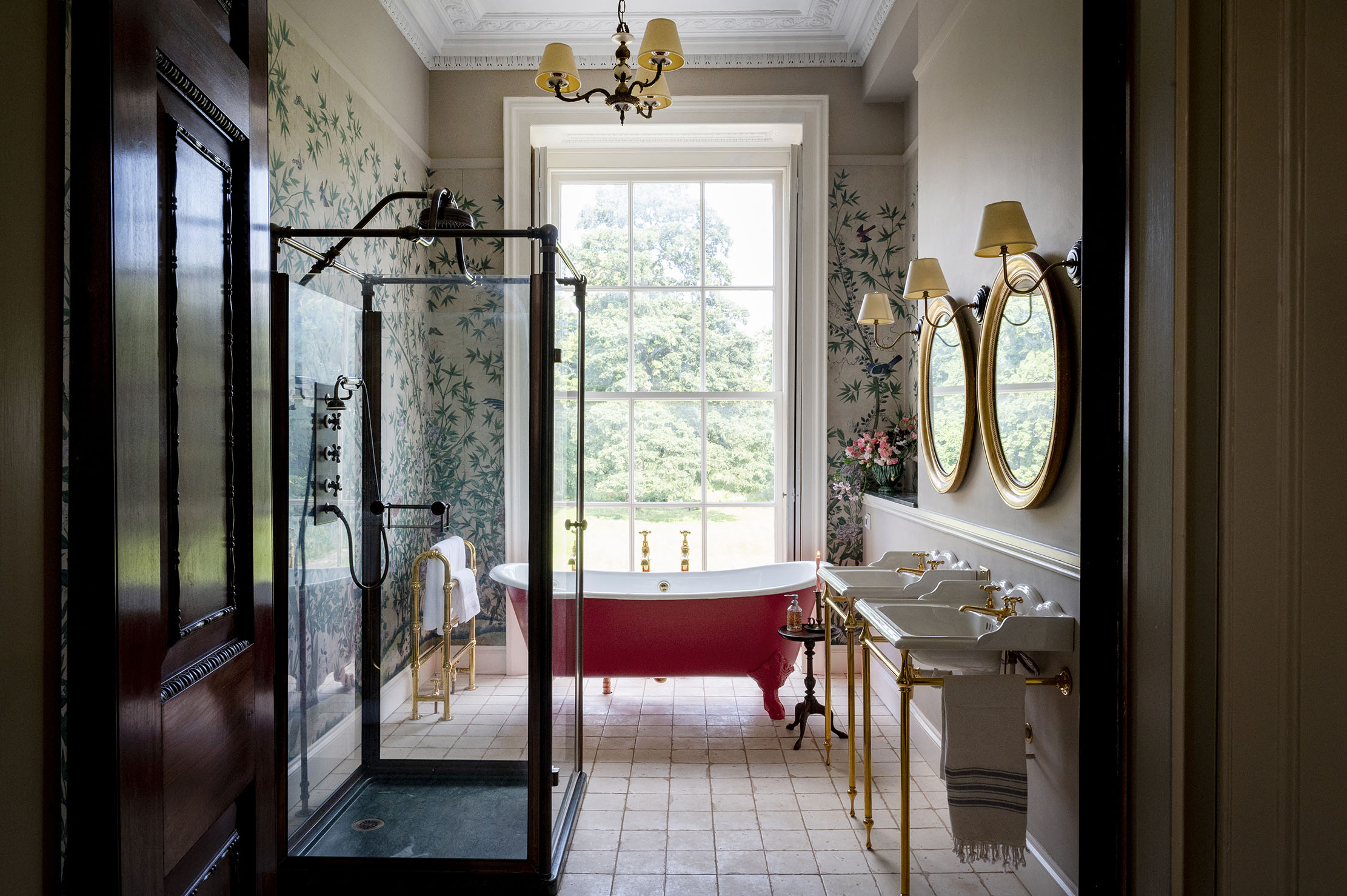 How a chance discovery of a wallpaper fragment inspired the look of this country house bathroom
How a chance discovery of a wallpaper fragment inspired the look of this country house bathroomA fragment of hand-painted chinoiserie set the scene for the decoration of this bathroom at Keythorpe Hall, Leicestershire.
By Arabella Youens
-
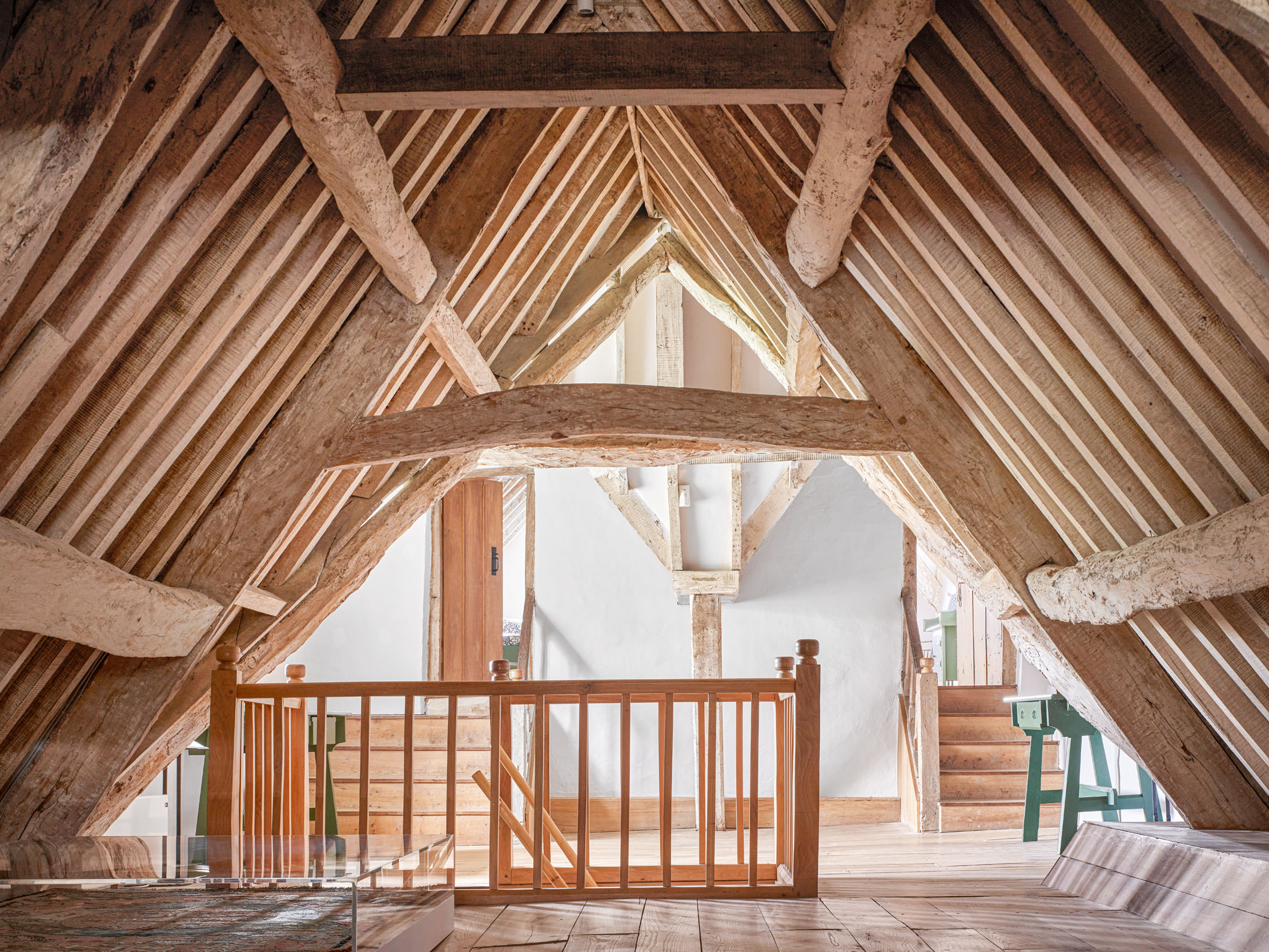 10 things I wish I'd known about doing up old houses before I started, by Country Life's interiors guru Giles Kime
10 things I wish I'd known about doing up old houses before I started, by Country Life's interiors guru Giles KimeCountry Life’s executive editor and resident interiors expert Giles Kime shares the lessons he’s learnt from the experience of dragging a succession of houses into the 21st-century.
By Giles Kime
-
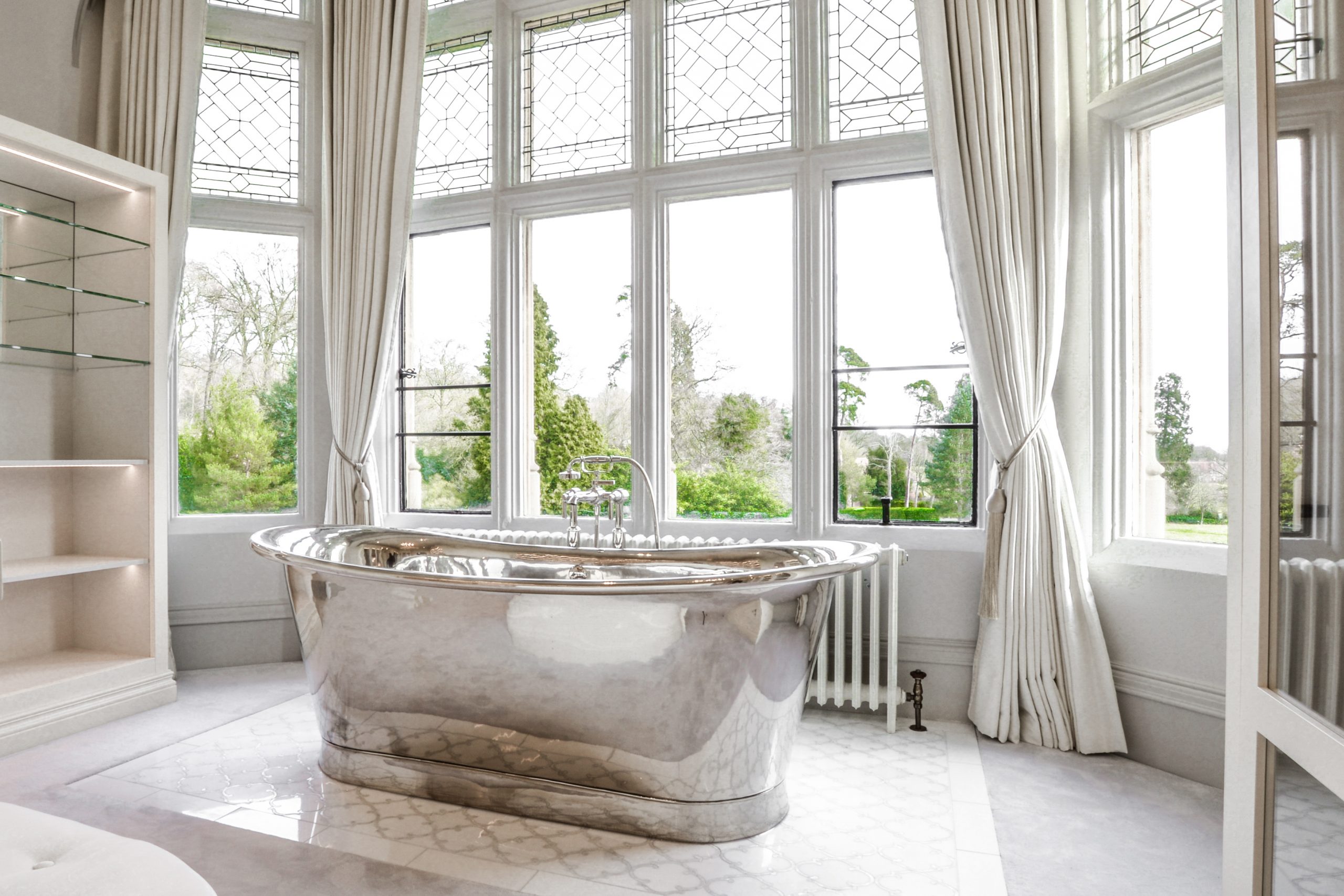 Breathtaking new looks for bathrooms, from linen and lights to a truly spectacular nickel bathtub
Breathtaking new looks for bathrooms, from linen and lights to a truly spectacular nickel bathtubElegant baths, vanities and accessories to add a touch of luxury to your bathroom, selected by Amelia Thorpe.
By Amelia Thorpe
-
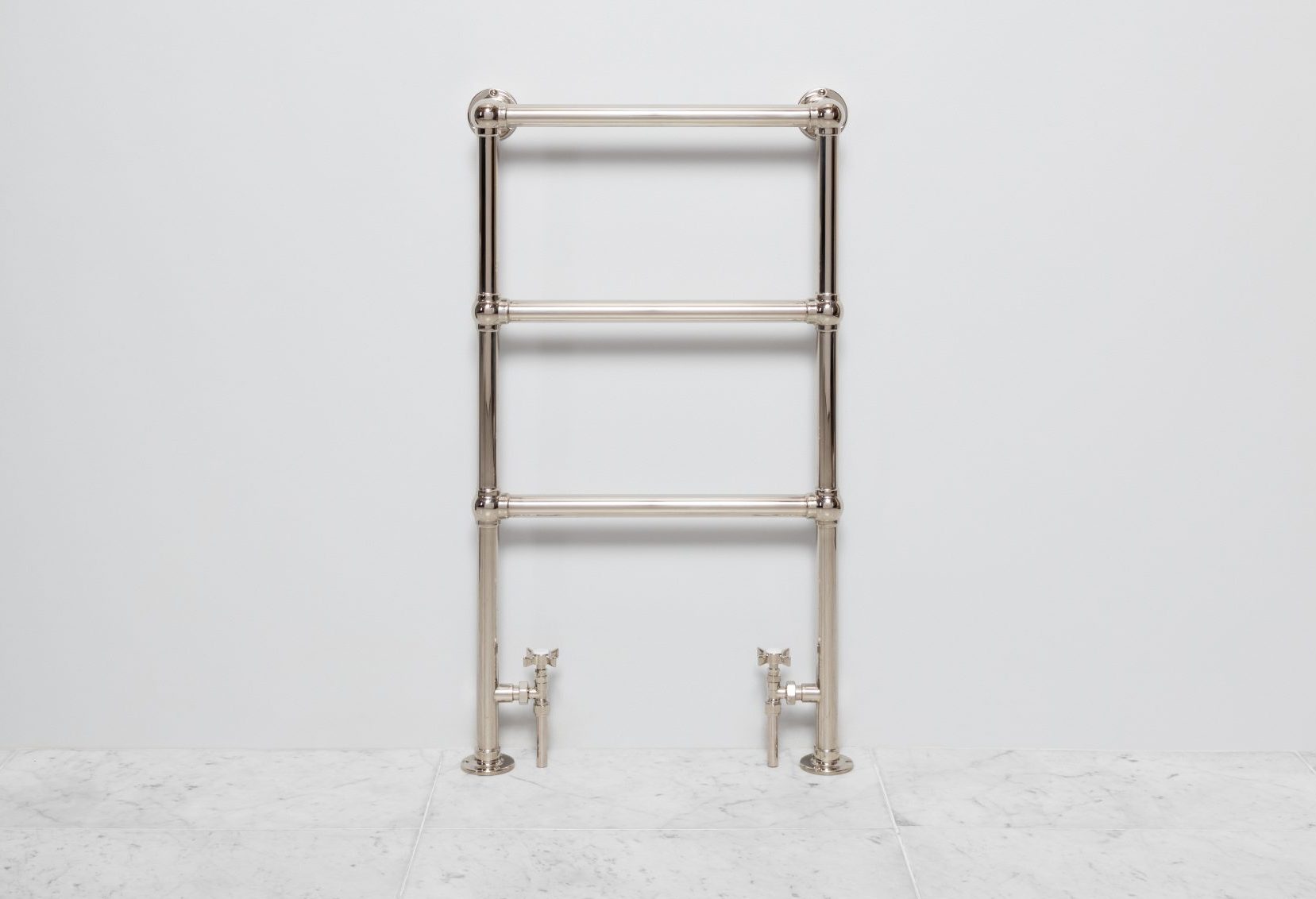 Everything you need to transform your bathroom into a stylish oasis, from patterned walls to elegant marble washstands
Everything you need to transform your bathroom into a stylish oasis, from patterned walls to elegant marble washstandsIdeas and inspiration as selected by Amelia Thorpe.
By Amelia Thorpe